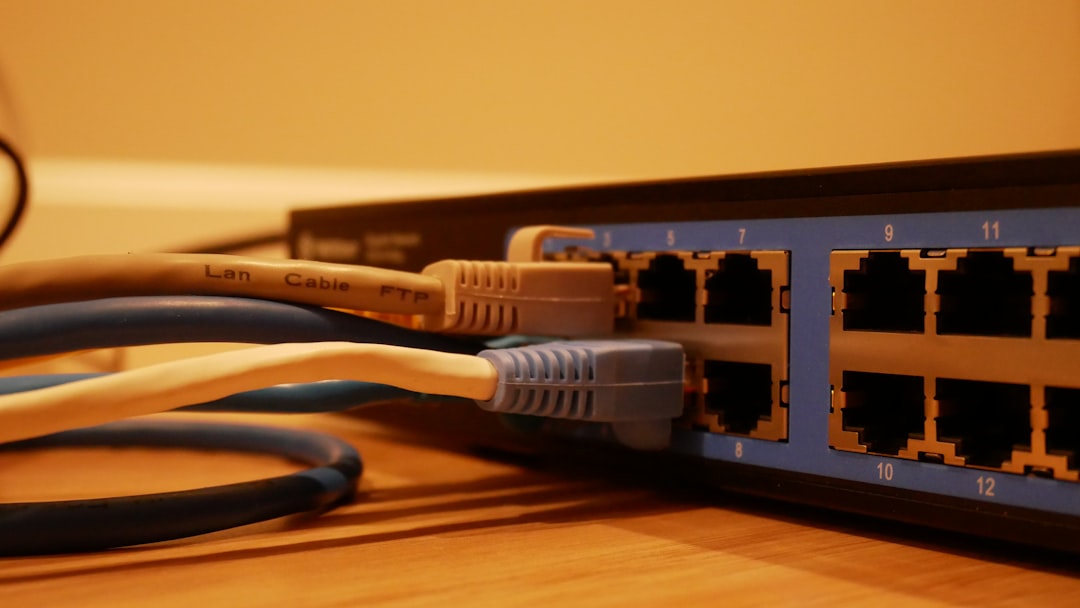Migrating a WordPress website can be a daunting task, even for seasoned developers. One of the most popular tools for this job is Duplicator, a powerful plugin that allows users to clone, back up, and move entire websites with relative ease. However, it’s not uncommon to run into technical roadblocks during this process. A particularly frustrating and frequently encountered issue arises when Duplicator’s import process fails with a message stating: “Maximum Execution Time Exceeded.” This article explores the cause of this error, its implications during migration, and the PHP timeout adjustment that ultimately resolved the issue for countless developers and site administrators.
Contents
TL;DR
If you’re encountering a “Maximum Execution Time Exceeded” error while using Duplicator to import a WordPress site, this is often due to server-imposed PHP processing limits. These limits prevent long-running operations from completing successfully. The solution, in most cases, involves increasing the PHP max_execution_time on your server or in your site’s php.ini file. With a properly adjusted timeout value, Duplicator migrations run smoothly and reliably.
The Roots of the Problem: Duplicator and Execution Timeouts
Duplicator works by packaging a WordPress site into two files: an archive file containing the site contents and a corresponding installer script. During the import operation on the destination server, the installer script extracts, configures, and deploys the site—an intensive task, especially for large installations.
The problem emerges when PHP’s execution time restrictions, usually configured by default on most hosting environments for security and performance reasons, are too low to accommodate the entire process. As a consequence, the script times out mid-way, and the import process halts abruptly with the familiar error:
Fatal error: Maximum execution time of 30 seconds exceeded in…
This error message indicates that PHP has terminated the script after exceeding the allotted time limit, which is typically set to 30 or 60 seconds by default.
Why PHP Enforces Execution Time Limits
PHP scripts, particularly on shared hosting environments, are often limited in how long they can run. This is primarily for the following reasons:
- Server Resource Protection: A single long-running script can monopolize server CPU and memory resources, affecting all hosted users.
- Security: Long execution times may be exploited in denial-of-service attacks or due to poorly written code.
- Error Prevention: Infinite loops or extensive queries might crash the server or lead to resource exhaustion.
Although these limitations are generally sensible, they become a bottleneck when legitimate scripts—like Duplicator’s migration routines—need a bit more time to carry out their jobs.
Real-World Impacts of the Failure
When a migration fails due to this timeout error, the side effects can ripple through multiple aspects of a development or deployment pipeline:
- Interrupted workflows that create delays during site launches or updates
- Corrupted installations if the import process fails mid-way, potentially leading to broken sites or missing data
- Increased support overhead for developers or administrators managing the site import
The consequences can be damaging not just logistically, but also in terms of client experience and business continuity, especially when working against tight deadlines.

The Fix: Adjusting PHP’s Maximum Execution Time
The most effective remedy for the “Maximum Execution Time Exceeded” error is to increase the PHP max_execution_time configuration value. This can typically be done in a few different ways, depending on your hosting environment and access level:
1. Editing php.ini
If you have access to your server’s configuration files, locate the php.ini file and search for the following line:
max_execution_time = 30Change it to a higher value, such as:
max_execution_time = 300This sets the execution limit to 5 minutes, which is generally sufficient for most Duplicator jobs. After making the change, restart your web server (Apache, Nginx, etc.) to apply the new configuration.
2. Using .htaccess File (for Apache Servers)
If direct access to php.ini isn’t available, and you’re on an Apache-based server, you can attempt to adjust the setting using an .htaccess file in your site’s root directory:
php_value max_execution_time 300Note: This method may not work if your hosting provider disallows override of PHP settings via .htaccess.
3. Using ini_set() in Code (Temporary Adjustment)
Inserting the following line in your wp-config.php file before the line /* That's all, stop editing! */ might work for temporary adjustments:
ini_set('max_execution_time', 300);This method allows for programmatic adjustment, but it’s limited to non-restricted environments.
4. Contacting Hosting Support
If none of the above options are available, a quick message to your hosting provider’s support team requesting an execution time increase is often successful.

Testing and Verifying the Fix
After adjusting the max_execution_time, it’s important to validate that the changes have taken effect. This can be done using a PHP info file:
- Create a new file called info.php in your root directory.
- Add the following code:
<?php
phpinfo();
?>Visit yourdomain.com/info.php and look for the max_execution_time directive. If it shows the updated value (e.g., 300), your change has been applied.
Once confirmed, re-run the Duplicator import process. A longer execution window will allow larger sites to complete their migration process smoothly without interruption.
Additional Tips for Smoother Migrations
Beyond adjusting the time limit, here are a few practices to ensure optimal success during Duplicator migrations:
- Pre-package Optimization: Exclude unnecessary files like outdated backups or large media libraries to shrink archive size.
- Use Duplicator Pro: The premium version includes advanced options like chunked extraction and scheduled deployment, which help with large site imports.
- Monitor Server Load: Undertake migrations during low-traffic hours to reduce server strain and potential timeout risks.
Conclusion: Proactive Configuration Resolves Critical Issues
What initially appears as a technical glitch—the “Maximum Execution Time Exceeded” error—turns out to be a server configuration guardrail. For robust features like site migration, particularly when using tools like Duplicator, being aware of such environment constraints is critical.
By understanding the root cause and adjusting the PHP timeout settings appropriately, developers and site owners can convert this potential failure point into a non-issue. The confidence gained from a successful migration underscores the importance of proactive server configuration and reinforces the benefit of knowing the tools and limits of your hosting environment.
Ultimately, the key to effective WordPress migration isn’t just the tools you use—it’s also knowing how to tune your environment to accommodate those tools.

